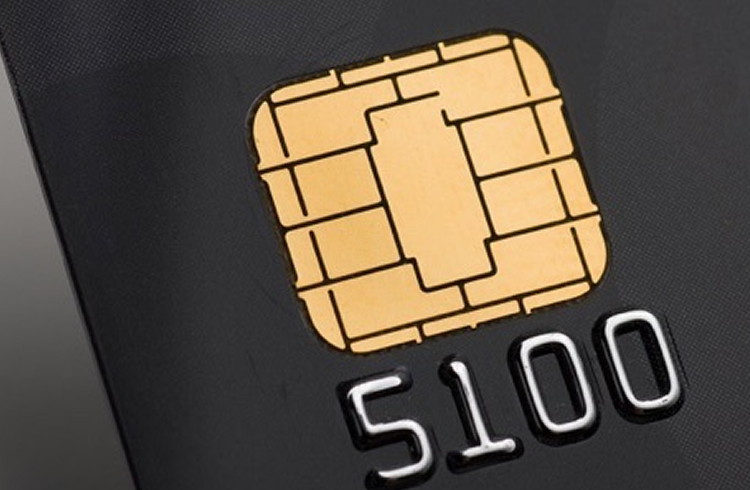Chip Slip: Security Issues with Chip Cards

Chip-based credit cards are the new way to make a card transaction. The chip supposedly provides a more secure way to complete the transaction and keep your financial information safe. It works by randomizing the data sent to the card reader, making that information valid for one single transaction, versus the swipe method that had the same data processed each time. The randomization is why chip transactions take longer than swipe.
So, what’s the problem?
Even though the random data the chip provides expires after one transaction, if it’s timed correctly, that’s all the time hackers need to steal and use your information. This happens when a skimmer is attached to a register and wirelessly sends your card’s information to a device elsewhere, like a smartphone or even an ATM.
And it’s not just consumers that have to worry, either. The United States were late in the game to upgrade to the chip system. However instead of a date mandated by the government for retailers to upgrade their systems by, the US created a “liability shift.” This meant that if a retailer decided not to upgrade to a chip-friendly transaction system–which can be expensive– the retailer was responsible for any fraud its customers experienced after Oct. 1, 2015.
What do I do?
An easy way to prevent your information from being hacked by a skimmer is to pay via smartphone or smartwatch apps whenever possible. Check your bank statements regularly for suspicious activity and call your bank immediately if you notice any unusual activity.
